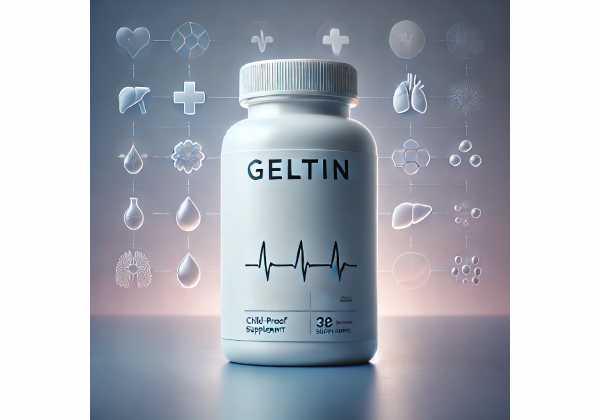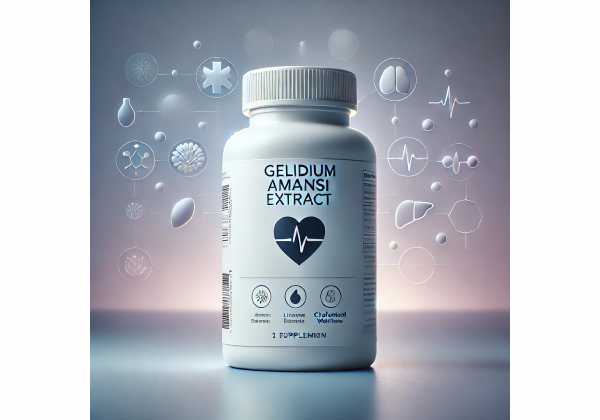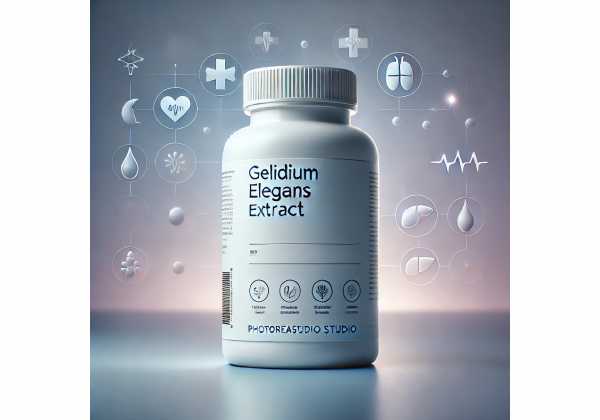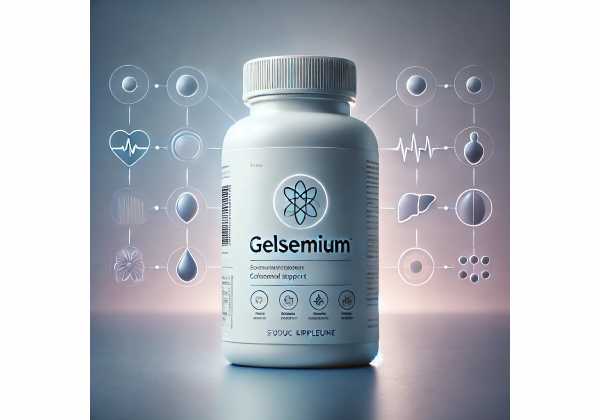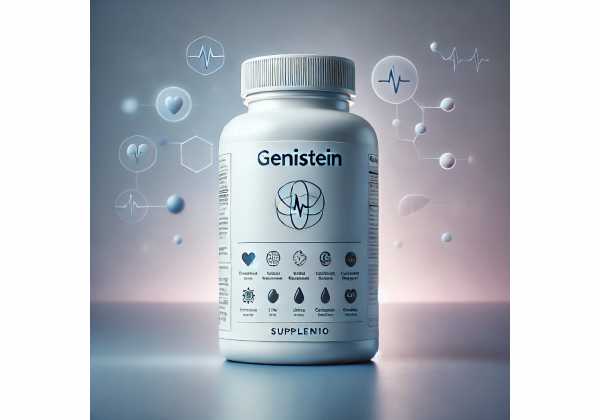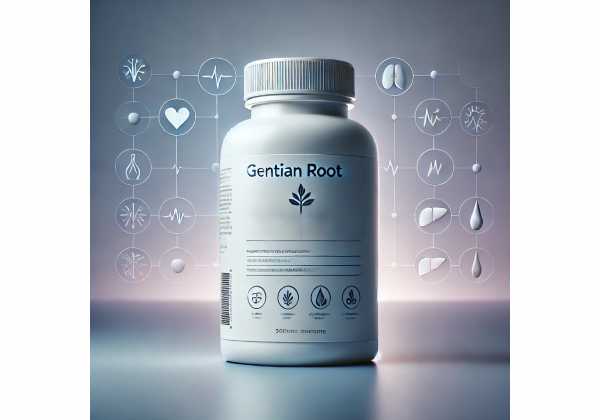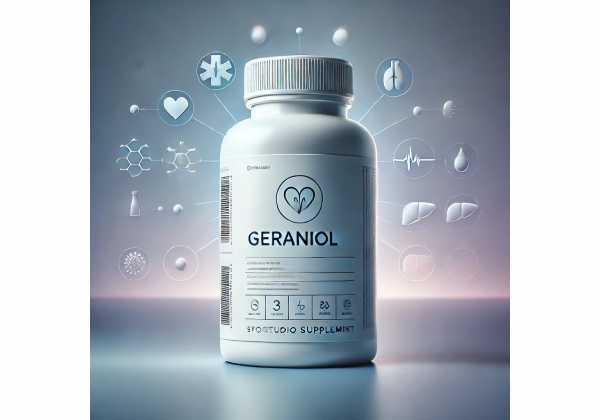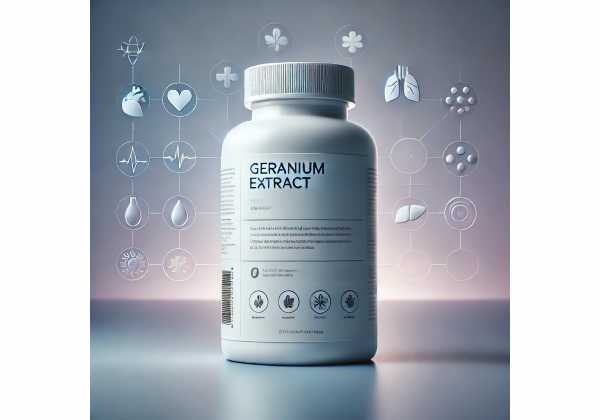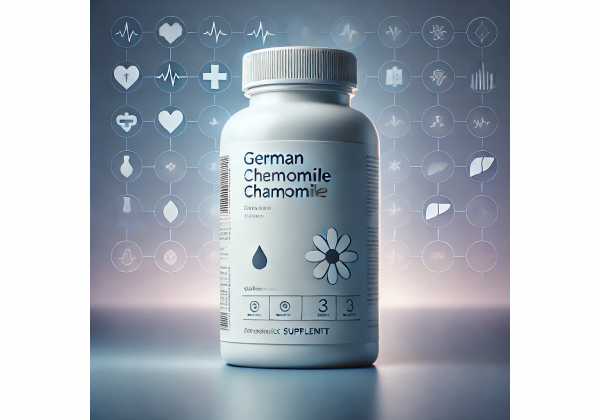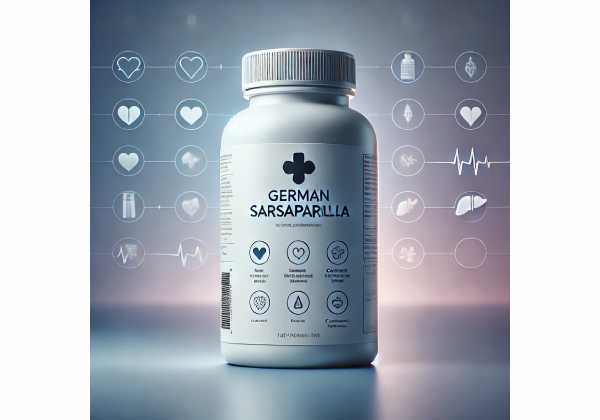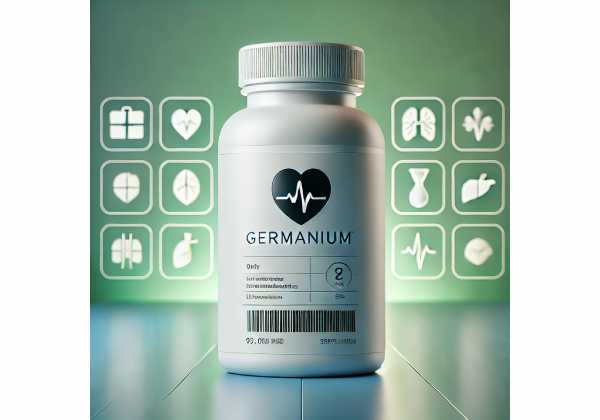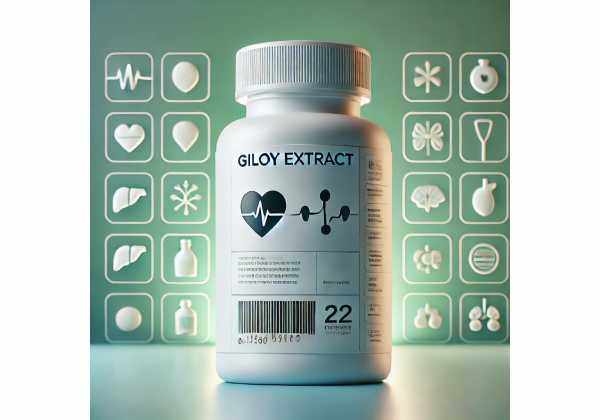Gelatin: What It Is, How to Take It, Effective Doses, and Safety
Gelatin sits at the crossroads of nutrition and function. Derived from collagen in animal connective tissue, it supplies concentrated amounts of glycine, proline, and hydroxyproline—amino acids your body uses to build skin, cartilage, bone, and tendons. Modern research on collagen-derived supplements shows measurable gains in skin hydration and elasticity, small-to-moderate reductions in joint pain, and support for bone density...
Gelidium amansii extract: Health Benefits, How to Use It, Proper Dosage, and Safety
Gelidium amansii is a red seaweed best known as a premium source of agar—the gel-forming fiber used in foods and microbiology. Its concentrated extracts contain soluble polysaccharides (agarose and agaro-oligosaccharides), minor polyphenols, and minerals. Early studies suggest potential support for cholesterol management, metabolic health, gut microbiota balance, and satiety. At the same time, evidence in humans is still limited,...
Gelidium elegans extract: Weight Management, Gut Health, Dosage Guidelines, and Side Effects
Gelidium elegans is a red seaweed long used in East Asian cuisine and now studied as a functional supplement. Its extract concentrates bioactive fibers (agarose-derived oligosaccharides), minerals, and polyphenols that may influence body weight, metabolic health, and gut comfort. Early human trials suggest standardized G. elegans extract can reduce fat mass and ease constipation-like symptoms when paired with sensible...
Gelsemium: Health Benefits, Mechanisms, Safe Use, Dosage Guidance, and Side Effects
Gelsemium is a flowering vine whose extracts contain potent indole alkaloids such as gelsemine and gelsenicine. These compounds act on inhibitory receptors in the nervous system and have been explored for potential calming (anxiolytic) effects in animal research. At the same time, Gelsemium species—especially Gelsemium elegans in Asia and Gelsemium sempervirens in the Americas—are highly toxic; accidental and intentional...
Genistein: Menopause Relief, Bone and Heart Health, Dosage, and Risks
Genistein is a naturally occurring isoflavone most abundant in soybeans and fermented soy foods. It is often promoted for easing menopausal hot flashes, supporting bone and heart health, and providing antioxidant protection. Unlike synthetic hormones, genistein acts as a selective estrogen receptor modulator—meaning its effects vary by tissue and existing hormone levels. Quality matters: extracts can differ widely in...
Gentian root: Digestive Benefits, Proper Dosage, Uses, and Side Effects
Gentian root (from Gentiana lutea and related species) is one of the bitterest botanicals known. A few drops or sips trigger a noticeable “bitter reflex,” a nerve-mediated response that primes digestion—salivation increases, stomach acid and enzymes rise, and the gut gets ready to move. Herbalists have used gentian for loss of appetite and indigestion for generations, and modern formulas...
Geraniol: What It Is, Proven Benefits, How to Use It, Proper Dosage, and Side Effects
Geraniol is a rose-scented monoterpenoid alcohol found naturally in rose, palmarosa, citronella, lemongrass, and geranium oils. Beyond fragrance, it shows antimicrobial and antifungal activity in lab studies, helps repel mosquitoes and ticks at specific concentrations, and contributes to flavor and aroma in foods. In cosmetics and personal care, geraniol appears in perfumes, lotions, soaps, and home fragrances; in foods,...
Geranium extract: Pelargonium sidoides (EPs 7630) Benefits, Dosing, and Risks Explained
Geranium extract is an umbrella term for two popular products from the Pelargonium genus: the aromatic rose geranium (Pelargonium graveolens) used mainly in skincare and aromatherapy, and the medicinal root extract of Pelargonium sidoides (often labeled EPs 7630) taken for acute coughs and common colds. Both are plant-derived, but they differ in chemistry, uses, and dosing. Rose geranium essential...
German chamomile: Calming Properties, Best Ways to Use It, Dosage Ranges, and Risks
German chamomile (Matricaria recutita), also called Chamomilla recutita or Matricaria chamomilla, is one of the world’s most widely used calming herbs. People reach for it to ease digestive discomfort, quiet anxious tension, support sleep, soothe irritated skin and mouth tissues, and add a gentle floral note to teas and baths. Its essential oil contains azulene pigments formed from matricin...
German ipecac: Benefits Versus Risks, How It Differs from Ipecac Syrup, and Safe Alternatives
German ipecac is the common name for Vincetoxicum hirundinaria, a European swallow-wort historically used as an emetic. The name invites confusion with ipecac syrup (from Carapichea ipecacuanha, formerly Cephaelis), once kept in medicine cabinets to induce vomiting after poisonings. Today, poisoning experts advise against using any emetic at home. Modern interest in German ipecac centers on its alkaloids (notably...
German sarsaparilla: Properties, Potential Benefits, Recommended Dosage, and Risks Explained
German sarsaparilla is the common name for Carex arenaria, a sand-loving sedge native to coastal Europe. Unlike the tropical “sarsaparilla” used in old-fashioned tonics (Smilax species), German sarsaparilla comes from a grass-like plant whose rhizome was once brewed as a diuretic and “blood purifier.” Interest today centers on its traditional use for mild urinary discomfort, skin flare-ups, and joint...
Germander: Benefits for Digestion and Weight, Dosage Recommendations, and Side Effects
Germander (Teucrium chamaedrys) is a small Mediterranean herb long used in folk medicine for digestion, metabolic support, and weight control. It shows antioxidant and anti-inflammatory activity in laboratory models, driven by flavonoids and neoclerodane diterpenoids. Yet germander is also one of the best-documented herbal causes of clinically apparent liver injury. Dozens of cases—from tea infusions and capsules—have been reported,...
Germanium: Immune Support Claims, Proven Uses, Dosing Guidance, and Side Effects
Germanium is a metalloid best known for its role in electronics—not for human nutrition. Yet “organic germanium” capsules and liquids have circulated for decades, promoted for immunity, energy, pain, and even cancer. The reality is more complicated. Germanium is not an essential nutrient, and several inorganic forms have caused severe, sometimes fatal, kidney damage when taken chronically. Even products...
GHK-Cu: Skin Benefits, How It Works, Best Uses, Dosage, and Safety
GHK-Cu is a naturally occurring copper tripeptide—glycyl-L-histidyl-L-lysine bound to copper(II)—best known for its role in skin repair and cosmetic dermatology. First identified in human plasma, GHK helps shuttle copper, a vital trace mineral for antioxidant enzymes and collagen-building processes. When complexed with copper as GHK-Cu, it can signal cells to produce structural proteins, dampen excessive inflammation, and support tissue...
Giloy extract: Evidence-Based Benefits, How It Works, Safe Dosage, and Side Effects
Giloy (Tinospora cordifolia) is a woody vine long used in Ayurveda and increasingly sold as capsules, tinctures, powders, and standardized extracts. People reach for it to support immunity, ease allergy-like symptoms, and help with recovery from infections or fatigue. Early human research suggests symptom relief for allergic rhinitis in particular, while a broader body of laboratory work points to...
Ginger essential oil: Uses for Nausea and Motion Sickness, Practical Aromatherapy Methods, Dosage, and Safety
Ginger essential oil is the concentrated aromatic fraction distilled from the rhizome of Zingiber officinale. Unlike dried ginger powder or standardized ginger extracts, this oil is rich in volatile sesquiterpenes (like zingiberene) and monoterpenes that deliver a warming scent and topical sensation. People most often use it for inhalation during bouts of nausea, as a massage add-in for sore...

